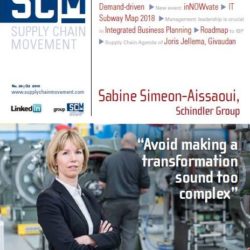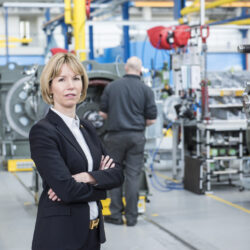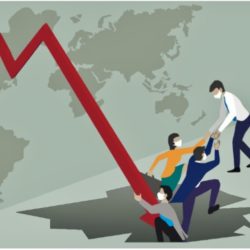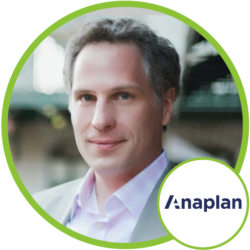Sabine Simeon, Schindler: “Avoid making a transformation sound too complex”
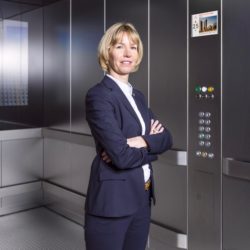
Talented and ambitious, Sabine Simeon-Aissaoui was in full flight when an unsuccessful project, which she initiated in China, knocked her confidence. It gave her time to regroup, think, and come back with renewed energy and determination. After a short spell working for a supplier in Singapore she returned to the Swiss Schindler Group in 2014 and transformed its European supply chain. This led to her receiving the APICS Award for Excellence – supply chain leader, an award that honors extraordinary team and organizational leadership, mentoring of fellow professionals and contributions that advance the supply chain industry as a whole. With an operational mindset Simeon-Aissaoui prefers ‘to do’ than ‘to talk’ but enthusiastically shares her experiences in order to inspire others.
By Helen Armstrong
In 2000 the Schindler Group, of Switzerland, producer of elevators, switched its focus from being a machine manufacturer to a service provider. A decade later it faced quality concerns and it was losing competitiveness. Sabine Simeon-Aissaoui was appointed head of supply chain Europe in 2014 and spent two and half years reinventing the supply chain and cutting complexity. As head of supply chain Europe, she is responsible for an operating revenue of 1.2 billion CHF and runs an organization of 1200 people with thirteen direct reports, four manufacturing plants and four distribution centers. This incorporates planning, strategic sourcing, material management, production, distribution to the last mile, returns and spare part management as well as service to any brand of elevator.
Founded in 1874 in Lucerne, today the company’s Swiss engineered elevators, escalators and moving walkways move
1 billion people per day and it is at the forefront of optimizing urban transportation and facilitating the development of smart cities.
How did you arrive in this position?
“After a brief spell with a healthcare company in the quality department – recommended for females in those days – I soon realized that I needed a greater challenge.
In 1996 I joined electrical device company, Hager. I wanted to start on the shop floor and I was given the task of automating the production line. It was a big project for my age but it gave me the chance to learn everything about industrialization and it gave me confidence to manage people, even though they were not directly reporting to me. It was a three-year project at the end of which I was headhunted by Schindler to work on the industrialization of its main factory in Europe. I was later asked to move to purchasing and logistics, which was my first contact with supply chain and for which I first went through a six month training period.
Around 2000 our focus was on core business and reducing investment. At the same time Schindler was in the process of moving from manufacturing highly customized products to more standard commodity products. This stretched our volumes which if we had wanted to meet with our customized style of manufacturing would have required significant investment. Therefore we decided to collaborate with suppliers and innovate with what was available in the market.”
… … …
Want to read more?
Subscribe on iPad or Android tablet to read the full version >>
or
Subscribe on print to receive the next issue >>
This article was first published in Supply Chain Movement 29 | Q2 – 2018



